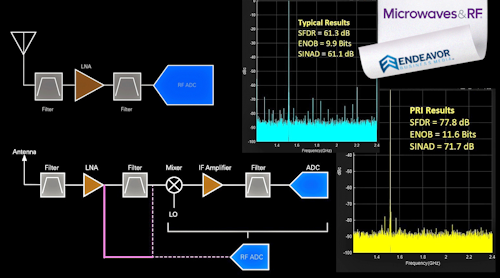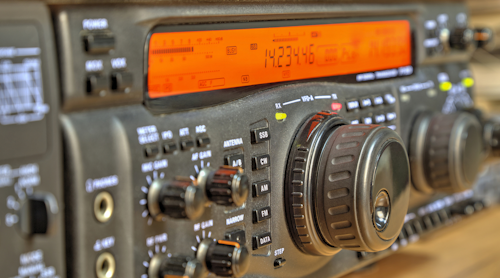Sixty-one years ago, on January 31, 1954,Edwin Armstrong,他发明了连续波和振幅调制的再生,超级再生和超螺旋检测器电路和频率调制广播的整个艺术通过从纽约公寓的窗户跳下来杀死了自己。
Almost exactly 41 years earlier, Armstrong, accompanied by Professor Morecroft from Columbia University, demonstrated his regenerative receiver to David Sarnoff and Roy Weagant of The American Marconi Company at the Marconi Belmar receiving station.
Ultimately, Armstrong’s relationship with Sarnoff and RCA was, to say the least, adversarial, (See the Wikipedia bio above.) and many of my engineer friends blame Sarnoff for Armstrong’s suicide.
然而,101年前的事件,对再生探测器的验证是交流史上的一个重要拐点。
Which takes us to infoage.org, which is the on-line presence of the InfoAge科学历史博物馆和国家地标, which happens to be the site of The American Marconi Belmar receiving station, which was later Camp Evens, a military base, then an RCA facility, and then an Army research facility. In other words, the place is steeped in the history of 20thcentury electronics engineering.
Okay, the date is a centennial-plus-one, but there are things happening to mark the date of the validation of Armstrong’s regenerative receiver circuit, and they’re not happening until next weekend. (It’s hard to compete with the SuperBowl.) If you’re in the New York/New Jersey area, you shouldcheck them out.
Essentially, The New JerseyAntique Radio Club’s Radio Technology Museumat the site will host an observance of the occasion at the InfoAge Museum in Wall Township, NJ on February 8th and 9th from 1 to 5 PM. There will be a display and demonstration of vintage regenerative radio receivers with a formal presentation at 3 PM. The other InfoAge museums will be open as well. Admission is free, but five-dollar donation to is suggested.
Working receivers on display will include a mock-up of Armstrong’s original circuit receiving a simulated spark radio-telegraph transmission and a WWI era naval receiver. This receiver, a Wireless Speciality Apparatus Company IP-501, can be operated both as a crystal set (passive receiver) similar to the Marconi 101 and as an Armstrong regenerative set using a vacuum tube to provide amplification, and will give a feel for the receivers involved in the 1914 demonstration.
Even if you don’t go, take a look at theevent Webpage. It includes a replica of Sarnoff’s assessment of the demonstration, and given the events of the ensuing 40 years, and Armstrong’s ultimate posthumous patent victories, it’s a moving piece of tragic irony.
Also, if you morse code proficiency is good at around 20 words/minute, you can start now by going to Ustream and trying yourself out on atest video:
What you will see on the video is a 1918 IP-501 receiver operating in the Armstrong
regenerative mode, with an audio track emulating the same signals from the Salby-Arco
交流发电机在Nauen, Germany that Armstrong and Sarnoff heard 101 years ago.












